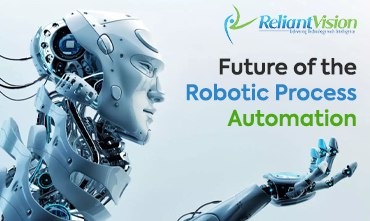Robotic process automation (RPA) is undoubtedly one of the most disruptive technologies in recent years. The question here is what is the future of RPA? Enterprises all across the globe have implemented RPA, bots, or digital workers to take stable rule-based processes from workers and hand them over to software. The massive evolution from RPA to intelligent autonomous applications has also begun.
RPA is a transactional system technology that helps in automating business processes using software robots (“bots”). RPA tools watch the users and repeat similar tasks in the graphical user interface (GUI). There is a difference between RPA and workflow automation tools because those are explicit rules and actions that are written to automate actions in an unintelligent manner.
RPA tools have also reached their limit in terms of capability because transactional automation also requires a large overhead of management. Simply put, transactional automation is quite difficult to manage. It is for this reason that a new class of enterprise apps known as autonomous applications has emerged that deliver intelligent automation, cognitive capabilities, and artificial intelligence for organizations in business functions like finance, supply chain, customer experience, human resources and planning.
What next in RPA innovation?
Attended automation
While RPA is unattended— where bots work in the background and there is no human intervention — it seems higher-tech on the surface. Attended RPA which is also known as Robotic Desktop Automation (RDA), is the one where the bot serves as a digital assistant to a front-office employee by accelerating task completion. This is a more difficult task. The attended RPA in probability will help in driving more substantial improvement in customer experience. For example, you can deploy an attended bot to handle data entry or document retrieval for a customer service rep during a support call.
Unstructured and semistructured data
When you leverage intelligent data capture and AI capabilities, RPA will be able to recognize, categorize and also correctly handle data that is less structured and template-based in comparison to what is required today.
Self-healing bots
RPA, like any other technology, is not immune to bugs. More and more processes are automated, and more oversight and maintenance will also be required to keep them running smoothly. Today, humans have to recognize, identify and fix the errors in the RPA process. But in the future, the self-healing RPA bots will be able to scan automated process sequences for errors and right themselves. This will lessen the need for human oversight.

